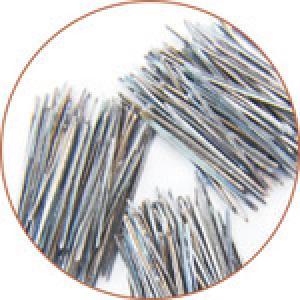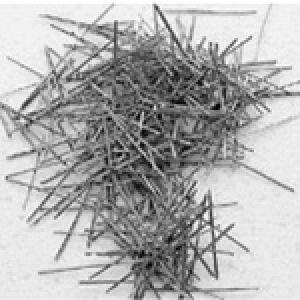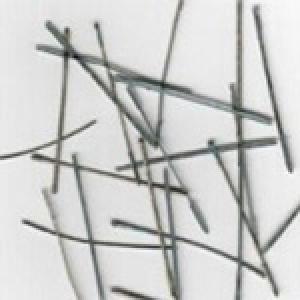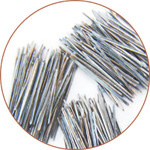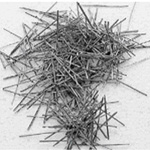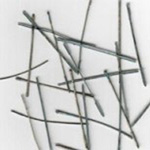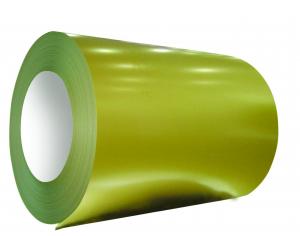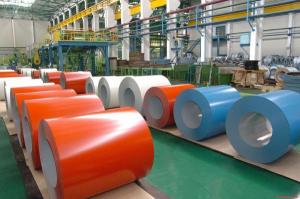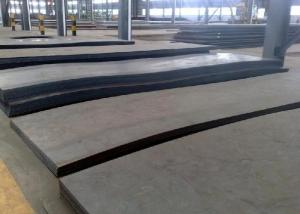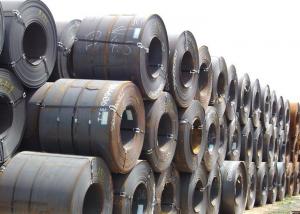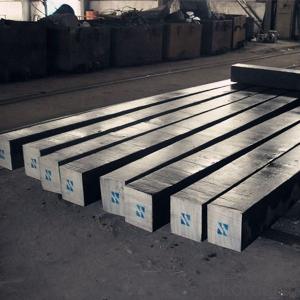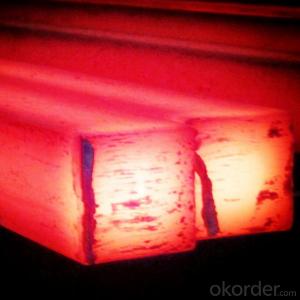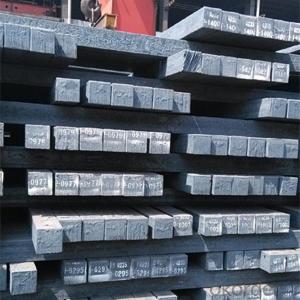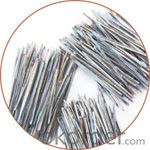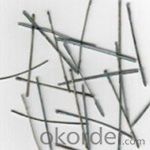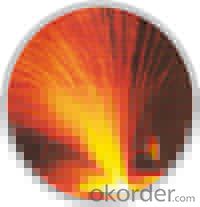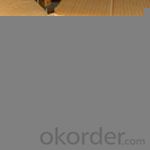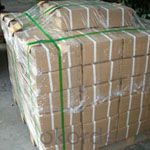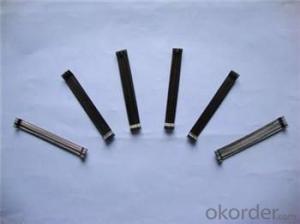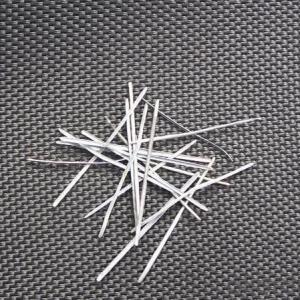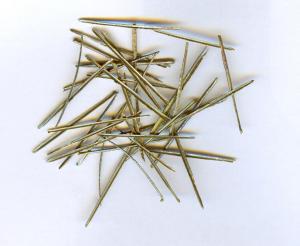Melt Extract Stainless Steel Fiber
- Loading Port:
- China Main Port
- Payment Terms:
- TT OR LC
- Min Order Qty:
- -
- Supply Capability:
- -
OKorder Service Pledge
Quality Product, Order Online Tracking, Timely Delivery
OKorder Financial Service
Credit Rating, Credit Services, Credit Purchasing
You Might Also Like
Melt Extract Stainless Steel Fiber
 |
- Q: What are the different grades of steel and their respective applications?
- There are several grades of steel, each with its own unique properties and applications. Some common grades include carbon steel, stainless steel, and alloy steel. Carbon steel is widely used in construction and manufacturing due to its high strength and low cost. Stainless steel is corrosion-resistant and is often used in kitchen appliances, cutlery, and surgical equipment. Alloy steel combines various elements to enhance its strength, hardness, and resistance to wear and tear, making it ideal for automotive parts, machinery, and tools.
- Q: How do steel products contribute to the hospitality and tourism industry?
- Steel products contribute to the hospitality and tourism industry in various ways. Firstly, steel is widely used in the construction of hotels, resorts, and other accommodation facilities, providing a strong and durable structure. It ensures the safety and longevity of these buildings, attracting tourists and enhancing their overall experience. Additionally, steel is utilized in the fabrication of furniture, fixtures, and equipment in hotels and restaurants, offering a modern and sleek aesthetic that appeals to guests. Steel also plays a vital role in the transportation sector, with steel-made vehicles and infrastructure supporting the efficient movement of tourists and goods, facilitating tourism growth. Overall, steel products contribute significantly to the hospitality and tourism industry by providing essential infrastructure, enhancing aesthetics, and enabling smooth transportation.
- Q: How is steel used in the construction of railway stations and terminals?
- Steel is a crucial material in the construction of railway stations and terminals as it is used for various structural components such as beams, columns, and trusses, providing strength and stability to the buildings. It is also used in the fabrication of platforms, staircases, and canopies, ensuring durability and safety for passengers and staff. Moreover, steel is employed in the construction of railway tracks and platforms, providing a sturdy foundation for the movement of trains and facilitating efficient transportation.
- Q: What are the applications of steel forgings in the mining industry?
- Steel forgings have various applications in the mining industry, including the production of heavy machinery and equipment, such as crushers, conveyors, and drilling tools. These forgings provide high strength and durability, ensuring reliable performance in harsh mining environments. Additionally, steel forgings are used in the construction of mine shafts and tunnels, as well as in the manufacturing of wear-resistant components for mining machinery, enhancing their longevity and reducing maintenance costs.
- Q: How is steel used in the production of marine vessels?
- Steel is commonly used in the production of marine vessels due to its high strength, durability, and resistance to corrosion. It is used to construct the hull, decks, and other structural components, providing the necessary strength to withstand the harsh conditions of the marine environment. Steel also enables the vessels to carry heavy cargo and withstand the forces exerted by waves and currents. Additionally, steel can be easily welded and shaped, allowing for efficient construction and customization of marine vessels.
- Q: What are the common uses of steel in the telecommunications industry?
- Steel is commonly used in the telecommunications industry for the construction of towers, transmission lines, and other infrastructure. It provides the necessary strength, durability, and stability needed to support and transmit signals over long distances. Additionally, steel is used in the manufacturing of various telecommunications equipment, such as antennas, satellite dishes, and cable trays.
- Q: What is the role of steel in the telecommunications industry?
- Steel plays a crucial role in the telecommunications industry as it is used to construct communication towers and support structures. These structures provide the necessary height and stability for antennas and satellite dishes, allowing for the transmission and reception of signals. Steel's strength, durability, and cost-effectiveness make it an ideal material choice for these applications, ensuring reliable and efficient communication networks.
- Q: What are the different types of steel chains and their uses in the automotive manufacturing process?
- There are several types of steel chains used in the automotive manufacturing process. Some common types include roller chains, timing chains, and conveyor chains. Roller chains are commonly used in engines and power transmission systems to transfer power from the engine to various components. Timing chains are used to synchronize the movement of engine valves and pistons, ensuring proper engine performance. Conveyor chains are utilized in assembly lines and production processes to move and transport automotive parts. These steel chains play a crucial role in the automotive manufacturing process by ensuring smooth operation, power transmission, and efficient production.
- Q: How is steel used in the manufacturing of railway tracks?
- Steel is used in the manufacturing of railway tracks due to its strength, durability, and ability to withstand heavy loads. It is mainly used to create the rails which form the track structure, providing a smooth and stable surface for trains to travel on. Additionally, steel is also used for various components like sleepers, fasteners, and ballast that help support and maintain the integrity of the tracks.
- Q: How is steel used in the construction of underground utilities?
- Steel is commonly used in the construction of underground utilities due to its durability and strength. It is used in the form of pipes, conduits, and casings to house and protect various utility systems such as water, gas, and electrical lines. Steel's resistance to corrosion and its ability to withstand high pressure and heavy loads make it a reliable choice for underground infrastructure, ensuring the safe and efficient delivery of essential services.
Send your message to us
Melt Extract Stainless Steel Fiber
- Loading Port:
- China Main Port
- Payment Terms:
- TT OR LC
- Min Order Qty:
- -
- Supply Capability:
- -
OKorder Service Pledge
Quality Product, Order Online Tracking, Timely Delivery
OKorder Financial Service
Credit Rating, Credit Services, Credit Purchasing
Similar products
Hot products
Hot Searches
Related keywords
